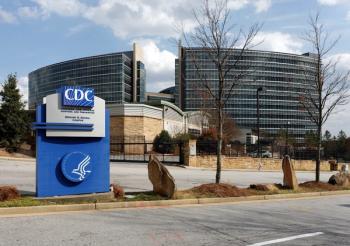
Health spending slows on heels of ACA implementation
Overall healthcare spending reached $2.9 trillion in 2013-that’s $9,255 per person-but growth has slowed, particularly when it comes to physician fees.
Overall
According to a new report from the Office of the Actuary at the Centers for Medicare and Medicaid Services (CMS), the healthcare spending rate increased by 3.6% last year, one-half percentage point lower than in 2012. CMS reports that the annual growth rate has hovered between 3.6% and 4.1% for the last five years.
The lower growth rate matches slower overall economic growth, which has averaged 3.9% since 2010. The CMS report attributes the most recent slowdown to decreased private insurance and
Private health insurance premium growth dropped 1.2% from 4% to 2.8% from 2012 to 2013, while health insurance benefits slowed from 4.4% to 2.8% over the same period. Medicare spending also dropped, from 4% in 2012 to 3.4% last year. Savings were attributed to lower fee-for-service payment updates and adjustments in
Medical price growth slowed as well, according to the report, with medical prices increased by 1.6% in 2012, followed by just 1.3% in 2013. Medical pricing includes physician and clinical services, as well as hospital care, nursing home facilities, home health care and the net cost of insurance. Generally, across the economy, prices of consumer goods grew by 1.5% in 2013, signaling a decline in medical-specific price inflation.
“The key question is whether health spending growth will accelerate once economic conditions improve significantly,” says Micah Hartman, a statistician and lead author of study. “Historical evidence suggests it will.”
Use of medical services also declined, from a 1.2% annual increase in use in 2012 compared to 1% in 2013. This was primarily attributed to slower growth in the use of hospital services, according to CMS.
Conversely, Medicaid spending increased by 6.1% in 2013, along with a 2.7% enrollment increase attributed to early
And while expenditures for hospital care increased across all payment models, its growth slowed from 5.7% in 2012 to 4.3% in 2013. CMS says slower growth in product prices in hospitals, as well as a 1.6% decline in inpatient days contributed to the savings. The study notes that patient cost-sharing efforts and higher deductible plans are contributing to efforts to slow growth in hospitalization costs.
Finally, physician cost growth grew by less than 0.1% in 2013-signaling the slowest growth since 2002 due to reduction Medicare payments to providers from the sequester and a zero percent payment update in 2013.
But with all the slower growth, there must be some increase. Spending growth on retail prescription drugs grew by 2.5%, compared to 0.5% in 2012 when a large number of blockbuster drugs lost their patent protection and became available as generics.
Newsletter
Stay informed and empowered with Medical Economics enewsletter, delivering expert insights, financial strategies, practice management tips and technology trends — tailored for today’s physicians.
















